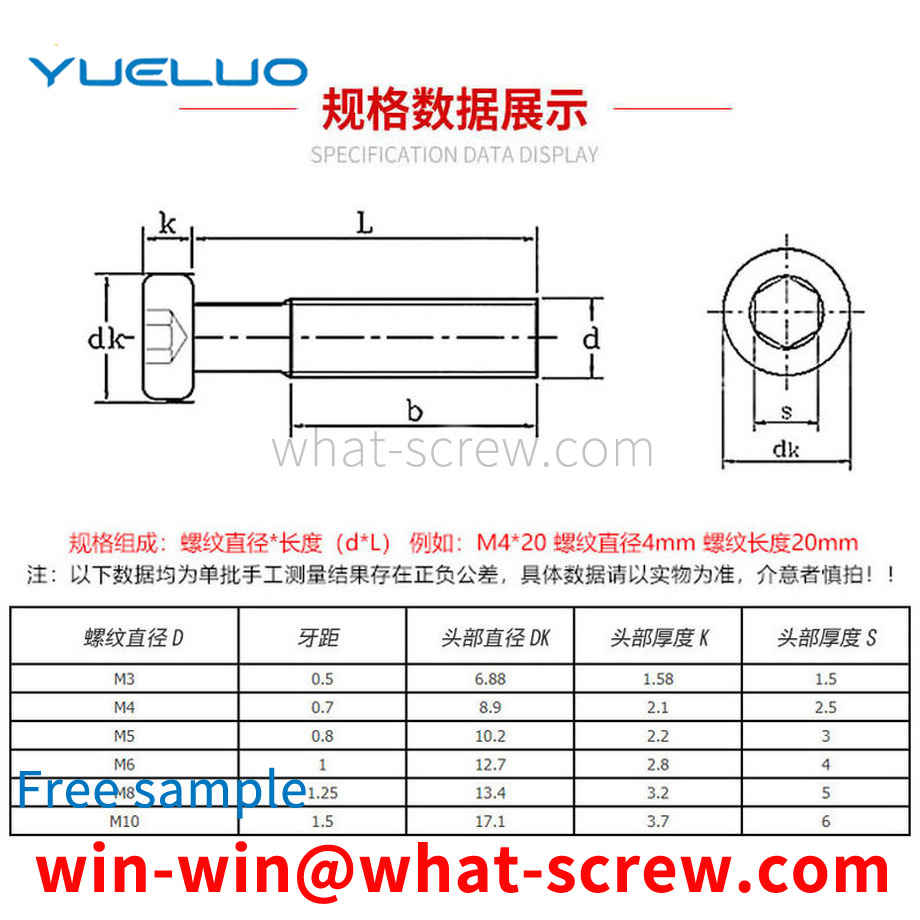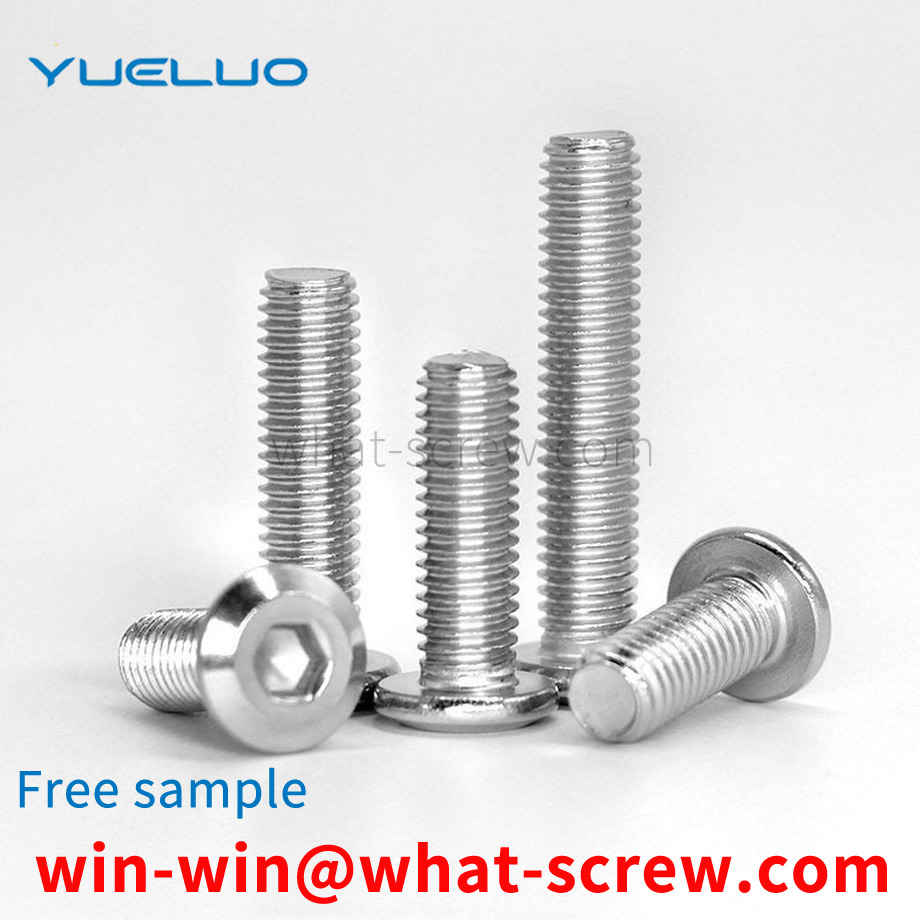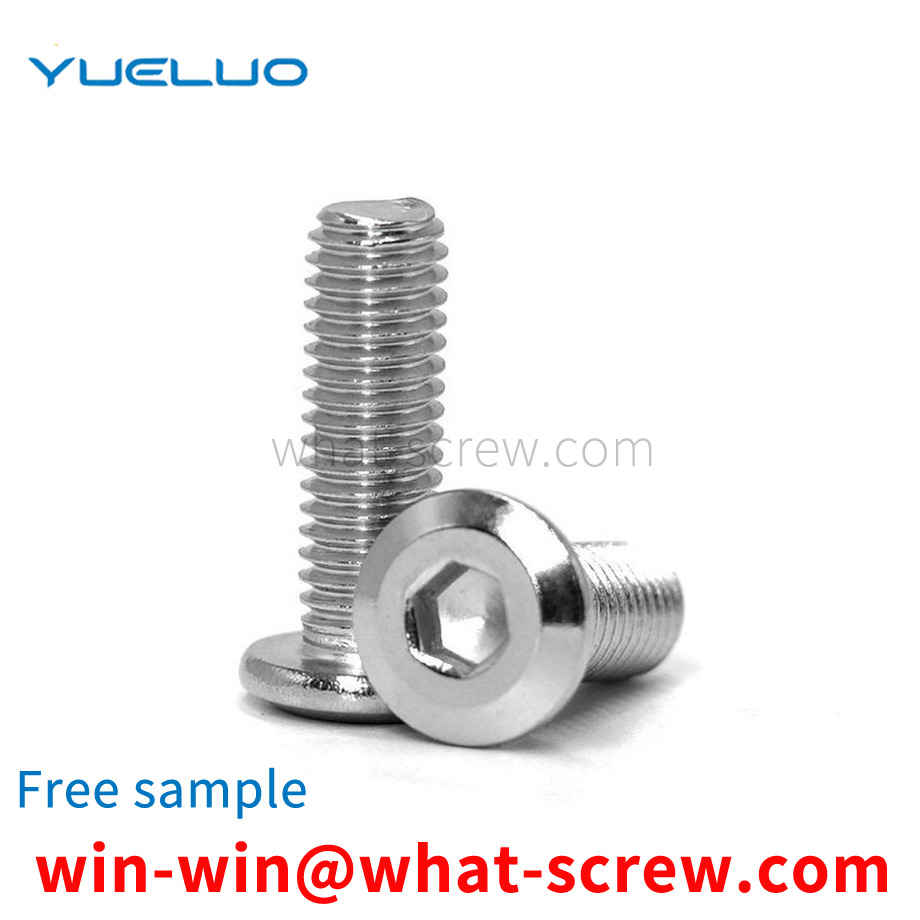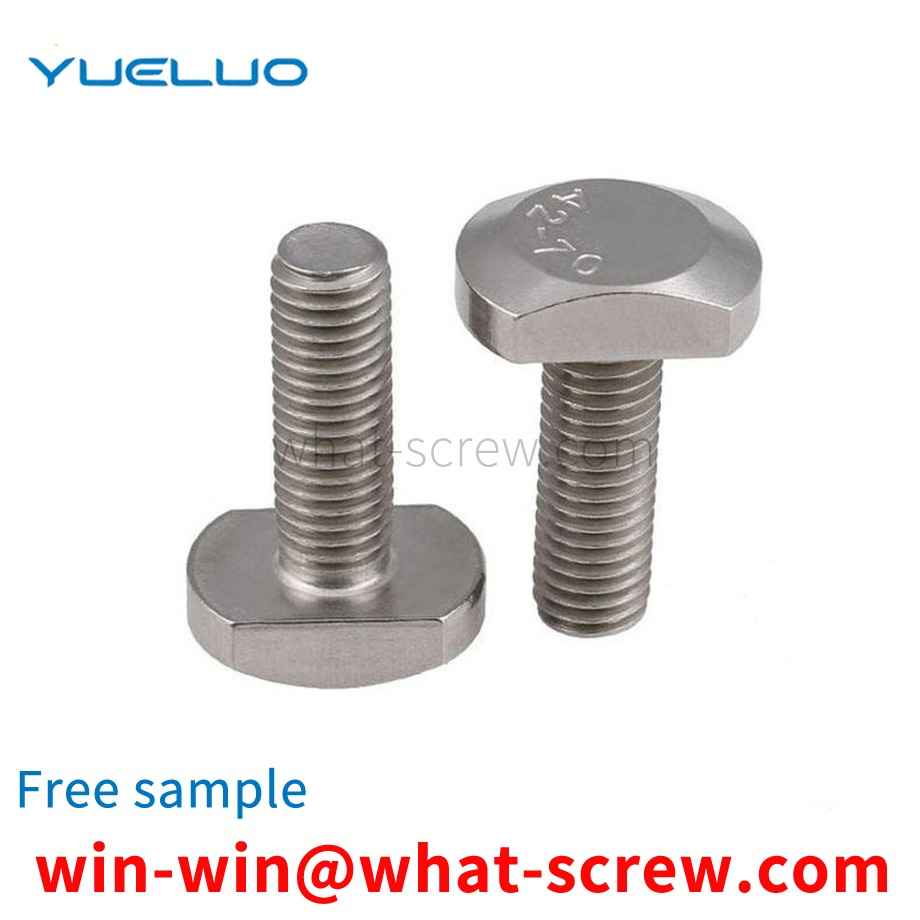What is the tolerance range of precision screws?
What is the tolerance range of precision screws?
Service Hotline
+86760-8787 8587We have more than ten years of production experience in the screw industry, the main products are: square nuts, hexagonal machine screws and bolts, bucket bolts, external machine bolts, plastic snap rivets, nylon meson, nickel-plated zinc, UNI5588 Hexagon nuts, galvanized bolts, rivets with large caps, large caps, 8-grade black washers, industrial aluminum fitting nuts, umbrella head screws, flat gasket materials, stainless steel hex bolts and other fasteners, due to the product material and Specifications vary, prices vary, please contact us if necessary.


The traveling plate can be driven by the traveling cylinder to move from the lower end of the circlip sleeve rod to the lower ends of the two probes of the circlip tightening mechanism; after the two probes tighten the circlip, the traveling plate can be moved in the traveling cylinder. The tightening mechanism moves down under the drive of the lifting cylinder, the probe installs the tightened circlip in the workpiece, and then retracts the probe upward.

Common fastening screws include self-tapping screws, fine-pitch drywall screws, traditional wood screws, and fiberboard screws. The following are the characteristics of commonly used screws, everyone should choose them reasonably. Self-tapping screws The correct application of self-tapping screws should be used for the fastening and connection of metal materials with pre-drilled holes. It has the function of automatically tapping out the internal thread on the metal body, and can complete the thread engagement with it to play a tightening role. However, due to its high thread bottom diameter, when it is used in wood products, the cut into the wood will be shallower; and because the thread pitch is small, there is less wood structure between every two threads. Therefore, it is unreliable and unsafe to use self-tapping screws for wood mountings, especially loose wood. Drywall Screws The proper use of fine-pitch drywall screws is for fastening and joining between metal studs and plasterboard. It suffers from similar drawbacks as self-tapping screws when used on wood mountings. Moreover, due to the large diameter of the head of the dry-wall screw, the embedding of the head is poor, and it is easy to cause unevenness between the head of the screw and the surface of the mounting part after installation. Traditional wood screws Before using traditional wood screws, pre-drilling holes are required on the wooden mounting parts, otherwise it is easy to cause wood cracking. In addition, since the traditional wood screws are not heat-treated, the use of electric tools can easily cause the groove shape to be damaged, and manual installation is very laborious. Fiberboard screws are relatively new types of wood screws, suitable for power tool installation. However, due to its relatively simple thread design, it still cannot effectively solve the stubborn problem of easy cracking when used on hardwood, and it does not have any advantages in screwing speed and screwing torque. [2]


Riveting is the most traditional way of connecting metal parts. It has the advantages of easy operation, high reliability and not easy to deform. It is widely used in the skeleton of outdoor products such as tents and camp beds. Commonly used aluminum alloy rivets use their own deformation or interference to connect the parts of the riveted parts in the riveting process. Due to cost and functional considerations, the rivet and the riveted material are often different, which is easy to occur in outdoor high humidity. Electrochemical corrosion, and the commonly used high-strength thin-walled pipes have a large shear stress on the aluminum alloy rivets at the riveting point. Under the combined action of the above two factors, it is easy to cause deformation or even breakage at the riveting point, which affects the life of outdoor products. A kind of Corrosion and shear resistant aluminium alloy rivets.

In the existing life, repair parts are often used to repair the cassettes with damaged screw holes, and the screw holes on the repair parts are used instead of the original damaged cassette screw holes. However, in the prior art (application number: 201520948368.3), the restoration is fixed by rotating the support of the restoration, which is often inconvenient due to the small space of the cassette. In addition, the set screw in the prior art mainly fastens the object through the end of the screw without threaded holes, which makes it difficult to install external screws. Based on this, a method of extruding the support through a set screw with screw installation holes and tightening the repair piece, and then installing the screw on the set screw, will facilitate the quick installation and use of the repair piece.

The above content is uploaded by Yueluo or the Internet. If there is any copyright issue, please contact [email protected].

What is the tolerance range of precision screws?

How to choose the right stainless steel screw manufacturer?

Why is there an R angle under the head of the hexagon head s...

We have more than ten years of production experience in the ...

We have more than ten years of production experience in the ...

We have more than ten years of experience in screw industry ...

We have more than ten years of experience in screw industry ...